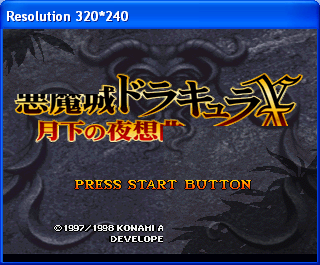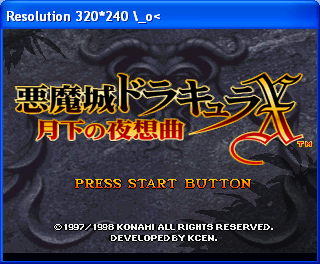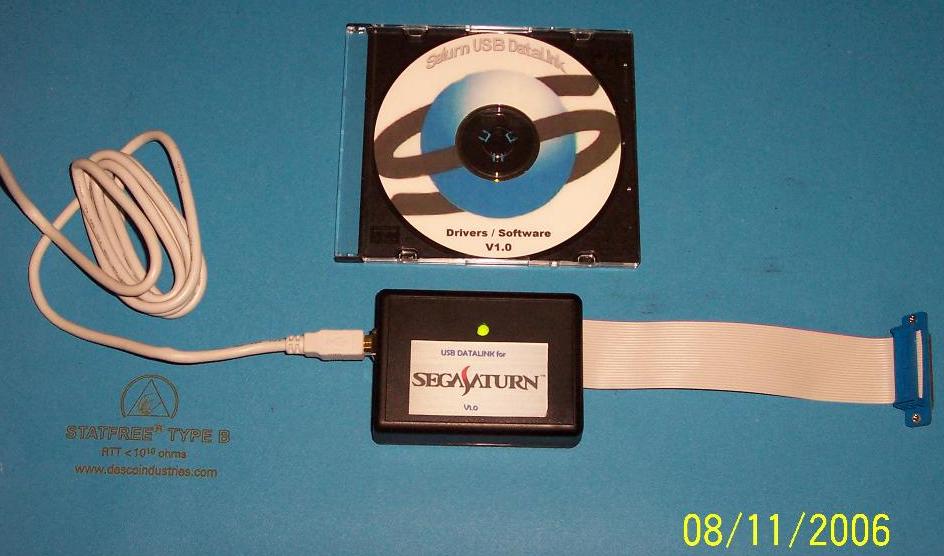Last months, I’ve been working on Saturnin with one goal : going open source (yay)
So, after spending countless time on it, everything’s done, and I finally moved my sourcecode to BitBucket (I’ll get back to that point another time).
But there’s still one thing to take care of (well amongst others :p), before opening the depot to the public : I need to choose a licence.
Of course, there are constraints :
– the future version will use plug-ins, and I don’t want to force anyone contributing one to provide its sourcecode
– some of the actual code used in Saturnin wasn’t done by myself (the SCSP core is Stef’s for instance, the 68K code is from either Turbo68K or Musashi) … I will put it into separate dlls also, but that must be taken into account
-some other things that I don’t remind now :p
After looking into existing licenses, I think GPL is too restrictive to my point of view, but LGPL could be a good candidate.
As I’m pretty new to that kind of stuff, I’m seeking advice … so If you have anything relevant to say about that, please leave me a comment.
Thanks !



